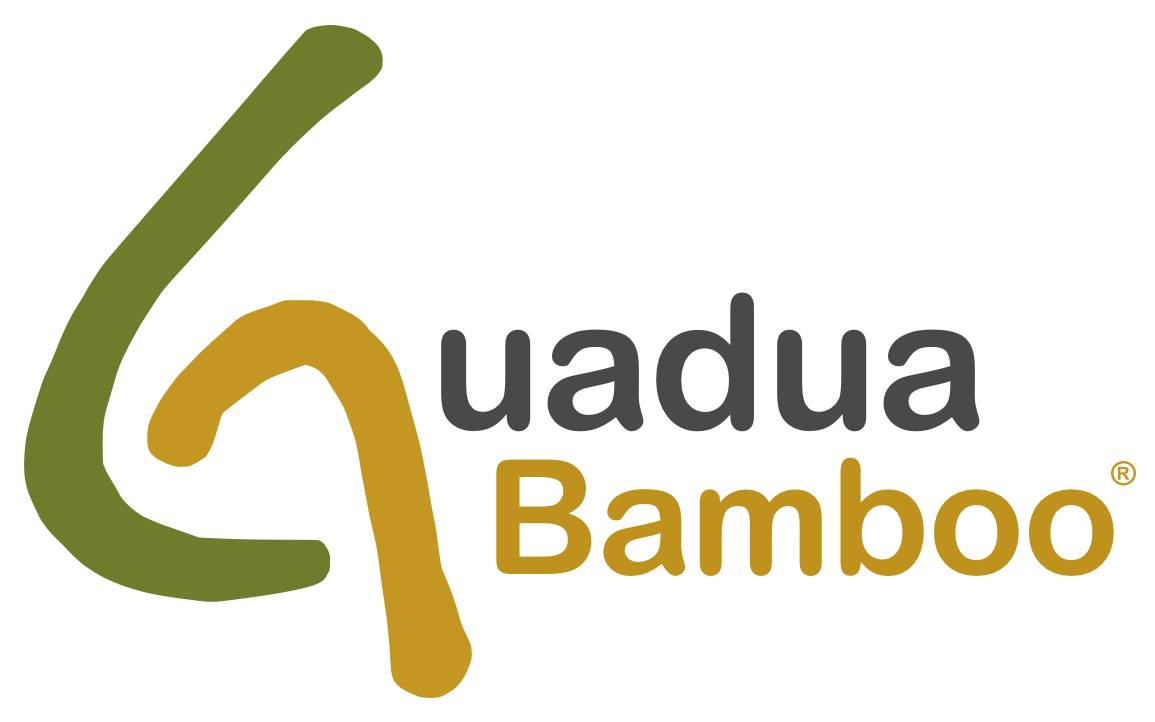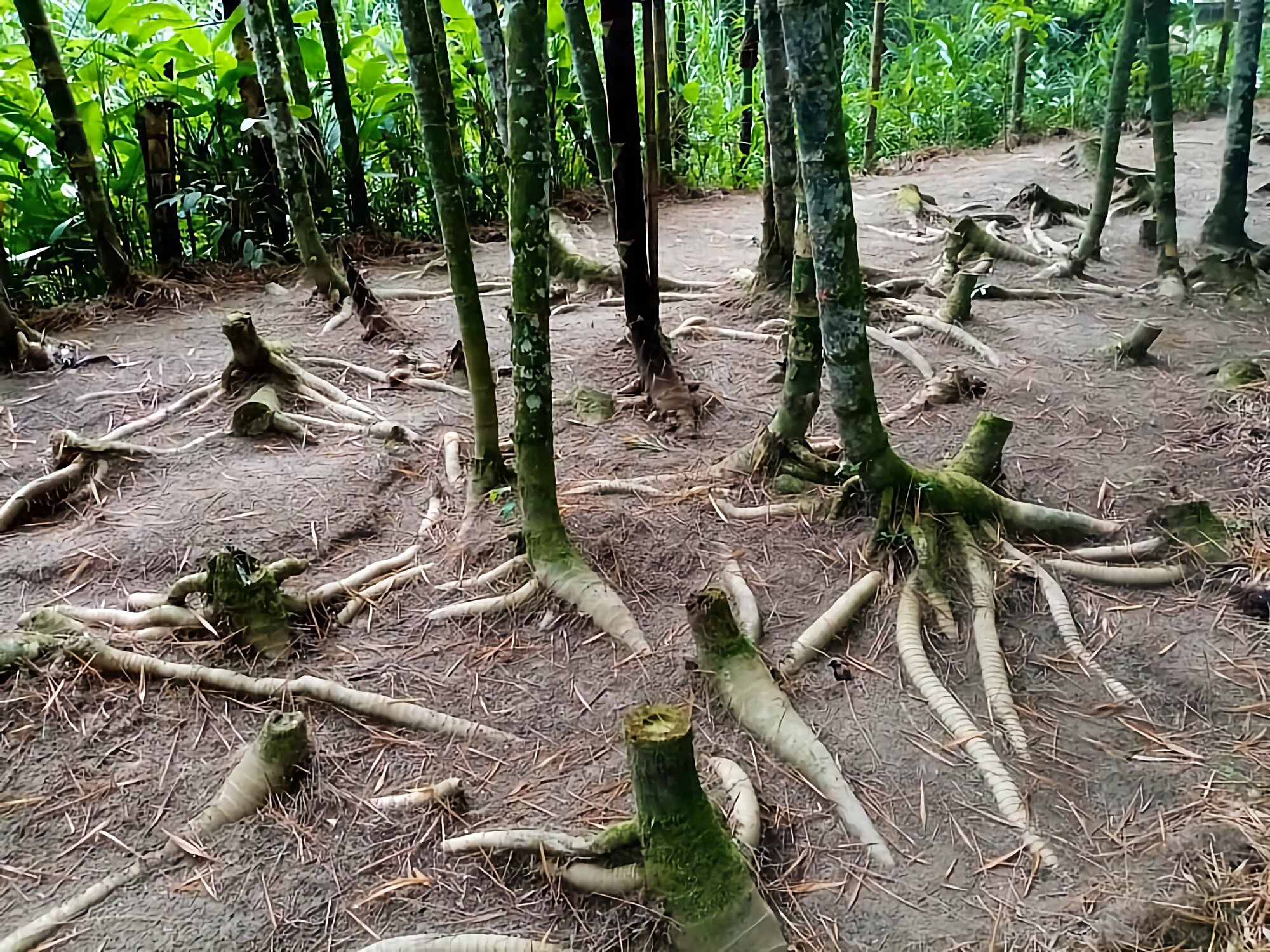
Bamboo Prevents Soil Erosion and Restores Degraded Land
Bamboo is a great tool for soil protection due to its rapid growth, permanent canopy and huge network of roots and rhizomes.
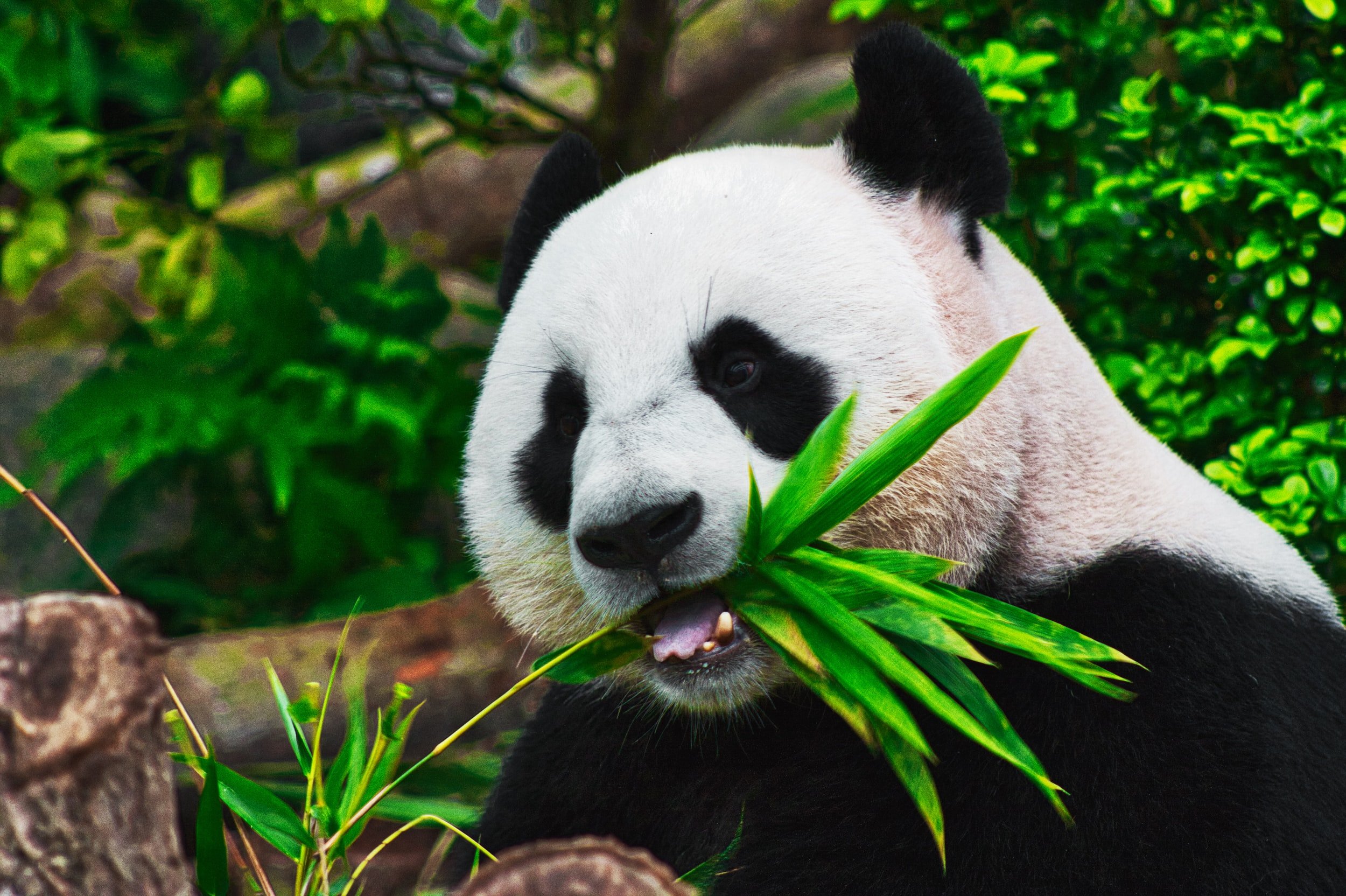
Bamboo Forests Create a Habitat for Fauna and Flora
Bamboo is an important part of a biodiverse ecosystem. Many animals rely on bamboo for food and shelter.
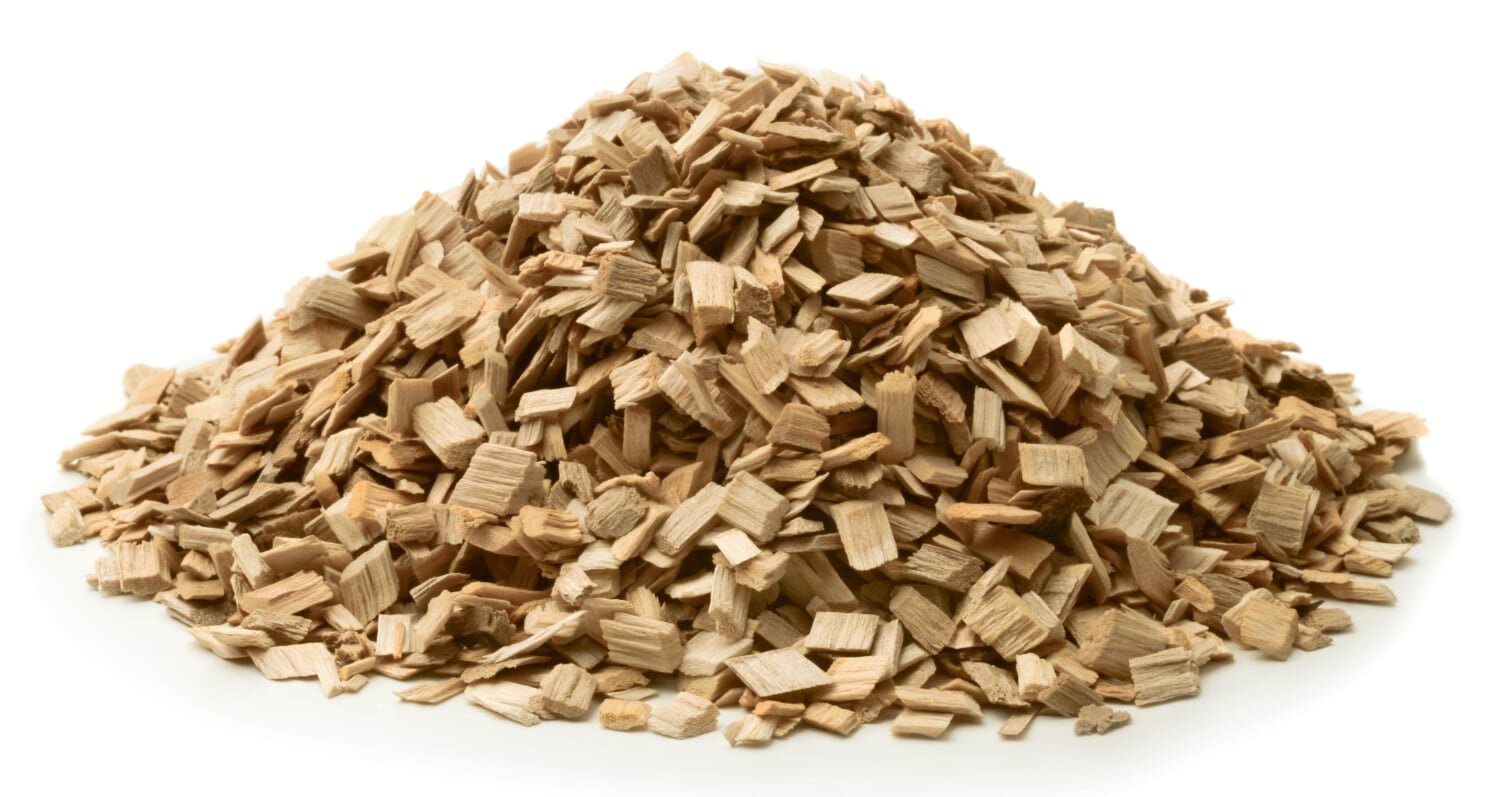
Bamboo Provides Biomass for the Production of Renewable Energy
Bamboo is a sustainable energy source that produces 1 kWh of electricity from 1,2 kg of bamboo. This is similar to the biomass requirements for wood products, but outperforms other types of biomass sources.
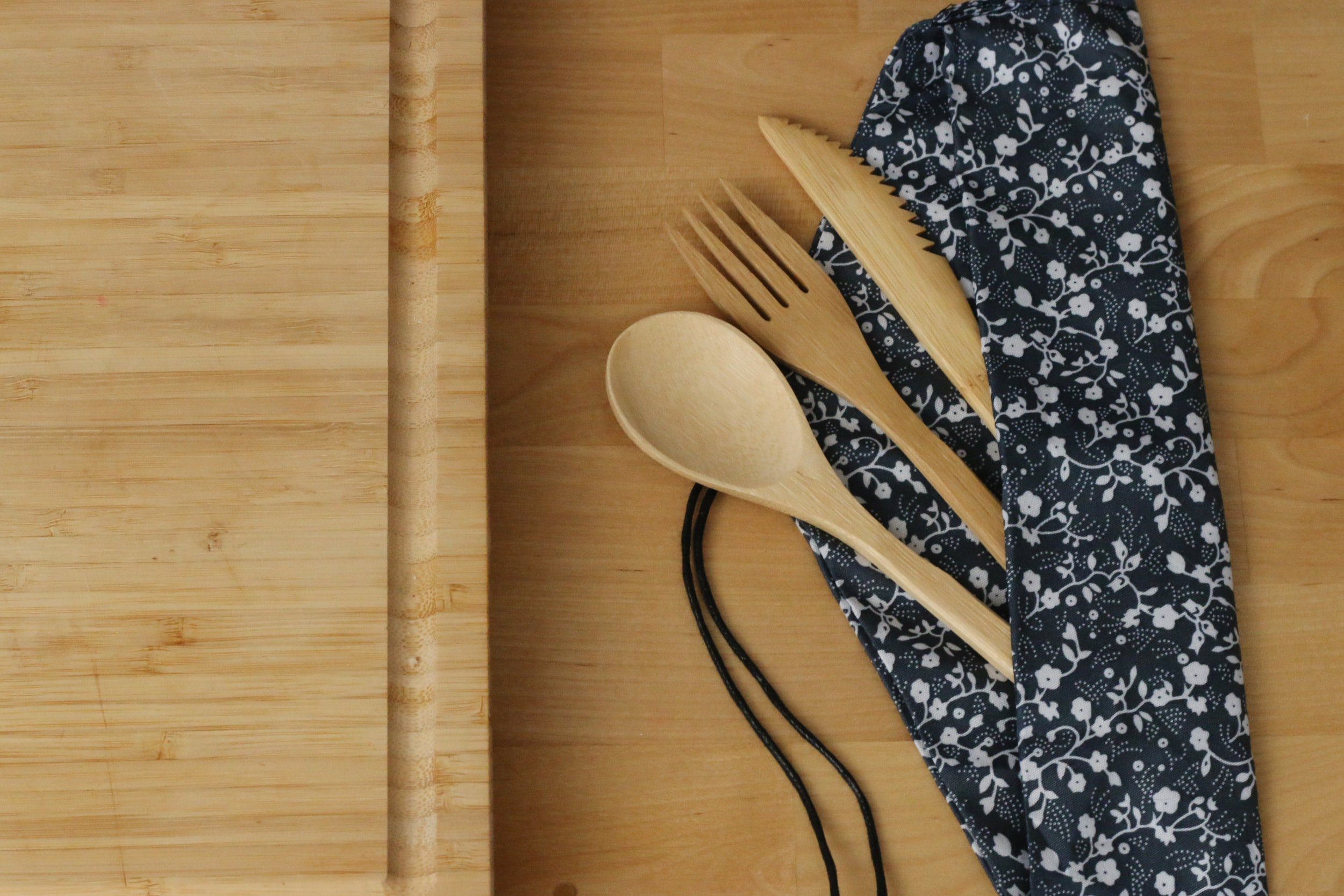
Bamboo can Replace Wood for any Application
Bamboo can replace wood in almost any application. Today, there are thousands of bamboo products that completely replace wood, ranging from paper and pulp products, flooring, musical instruments, furniture, construction materials, and so on.
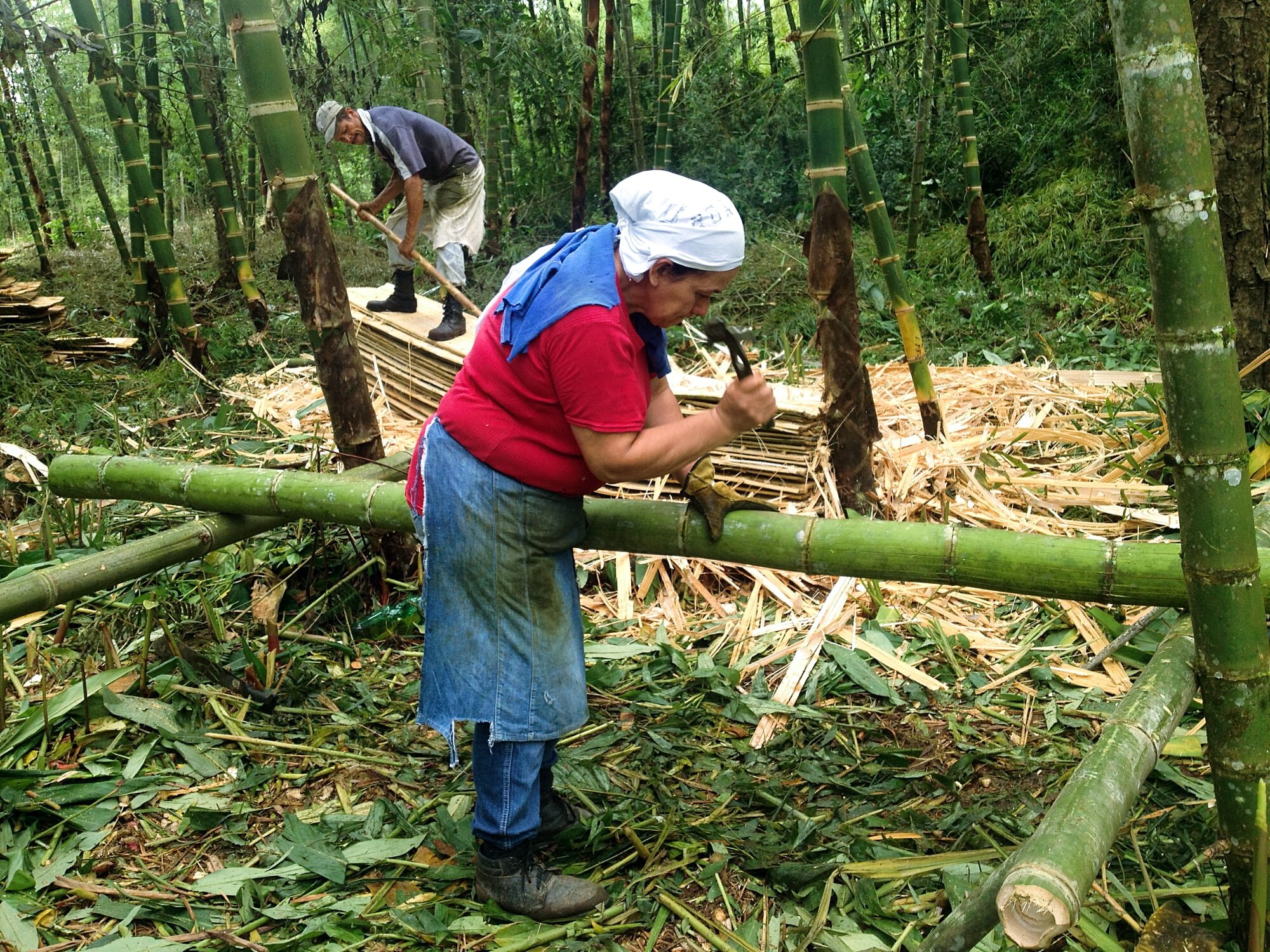
Bamboo Reduces Poverty and Provides Livelihoods for Local Farmers
The bamboo sector plays an important role in the livelihoods of local farmers. Developing a stable bamboo industry is a great way to help reduce poverty, increase economic opportunities for men and women, and to fight global unemployment.
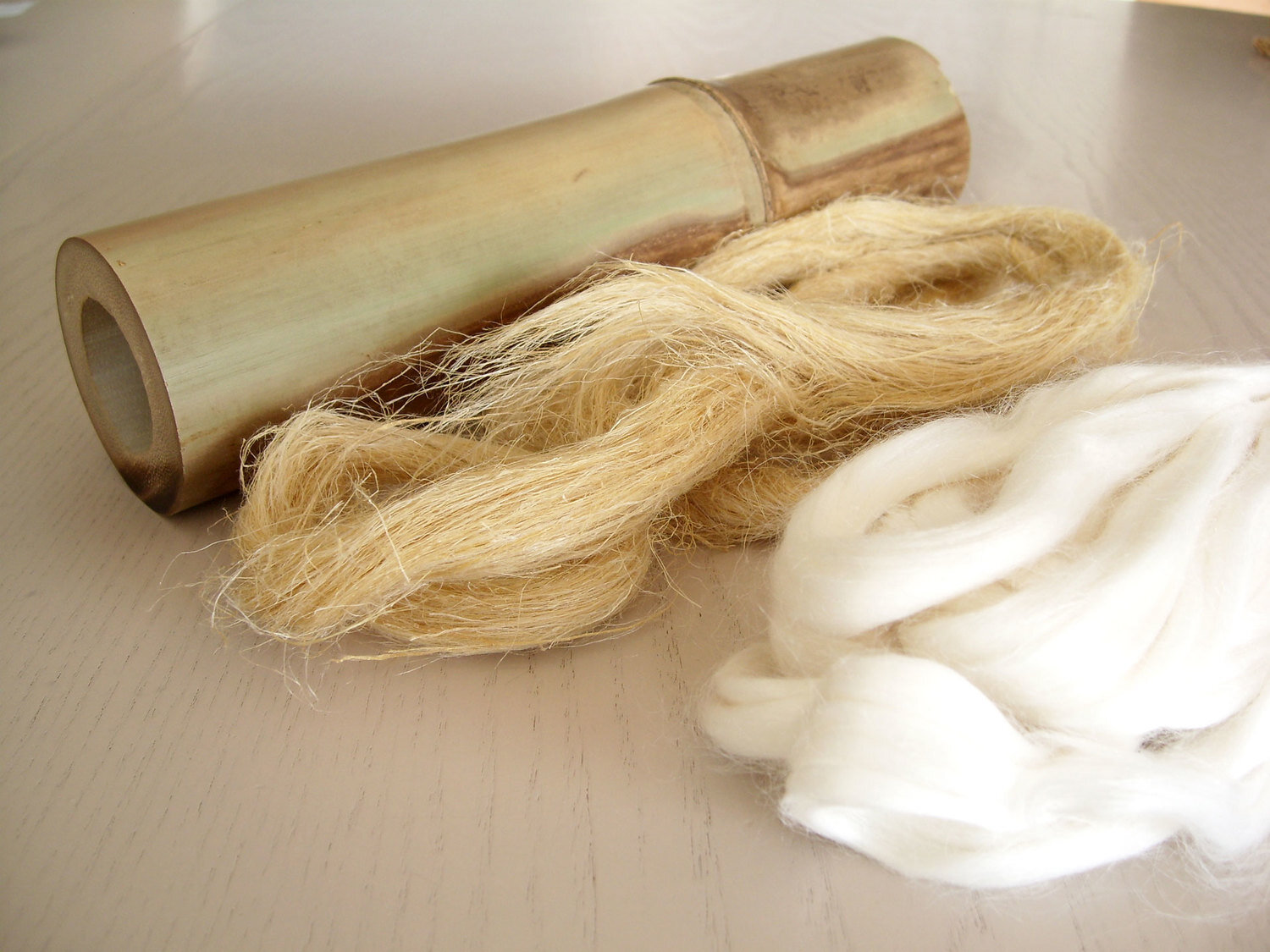
Bamboo Textiles And Fabrics: What You Need To Know Before Buying
In recent years different technologies have been developed that allow bamboo fiber to be used for a wide range of textile, fabrics, yarn, cloth, clothing and fashion applications such as T-shirts, pants, underwear, socks, towels, bedsheets, pillow covers, blankets, mattresses, and even bulletproof vests.
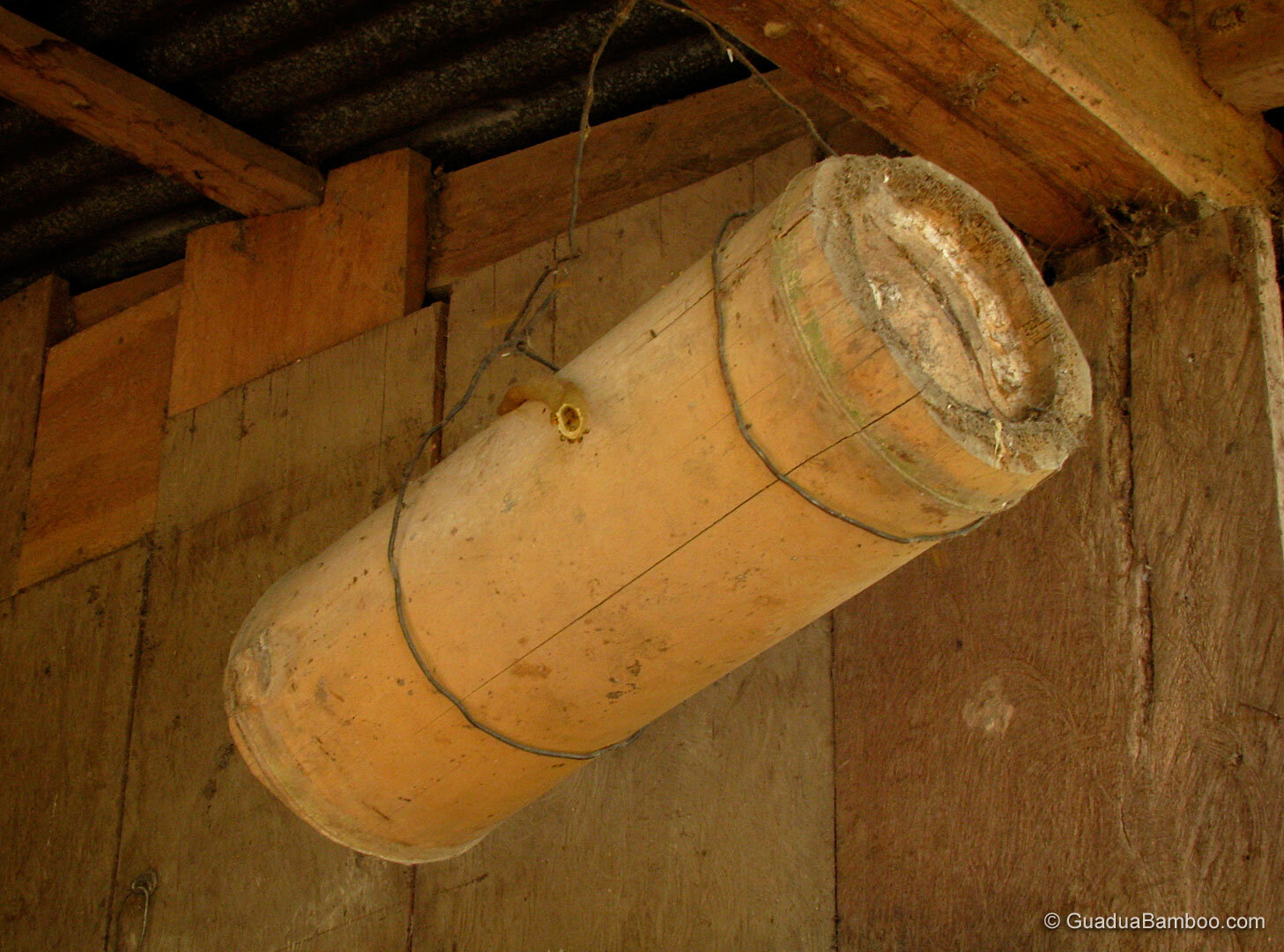
Bamboo Beehives: A Unique Way To Make Your Own Honey
In Latin America, farmers often use bamboo as beehives. Bamboo internodes (the part between 2 nodes) of larger diameter bamboo species such as Guadua angustifolia or Dendrocalamus asper are very well suited to make a bamboo beehive
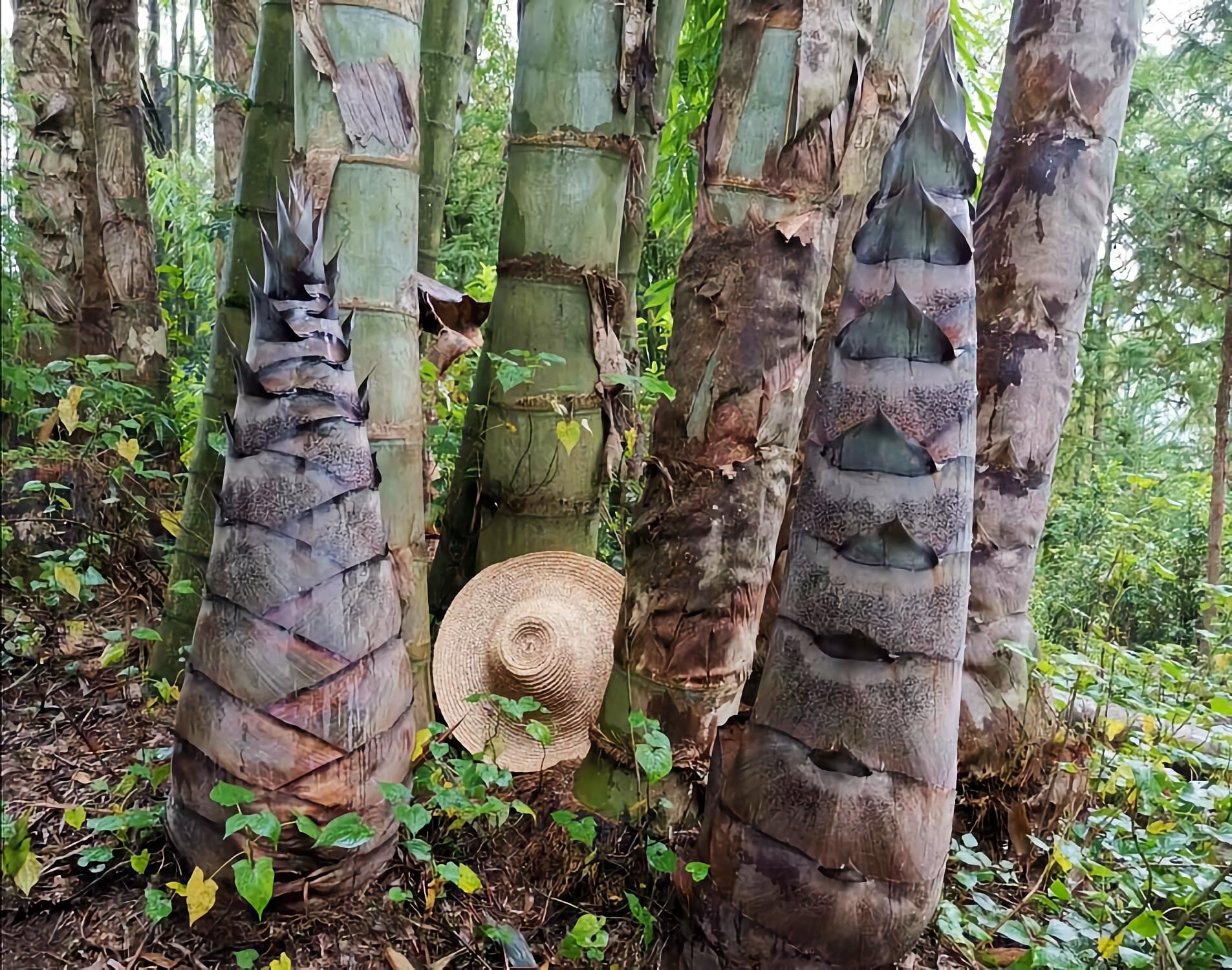
Dendrocalamus sinicus
Dendrocalamus sinicus, also known as “Giant Dragon Bamboo”, is the largest bamboo in the world. It has the tallest and biggest culms of any known bamboo species which can reach up to 46 meters in height, and up to 37 cm in diameter.

101 Edible Bamboo Species You Can Eat
Of the 1718 known bamboo species worldwide, 101 species are recorded to have edible shoots. Edible meaning a satisfactory to delicious taste, because even though some bamboo shoots are classified as edible, they must be carefully prepared and boiled before consuming!
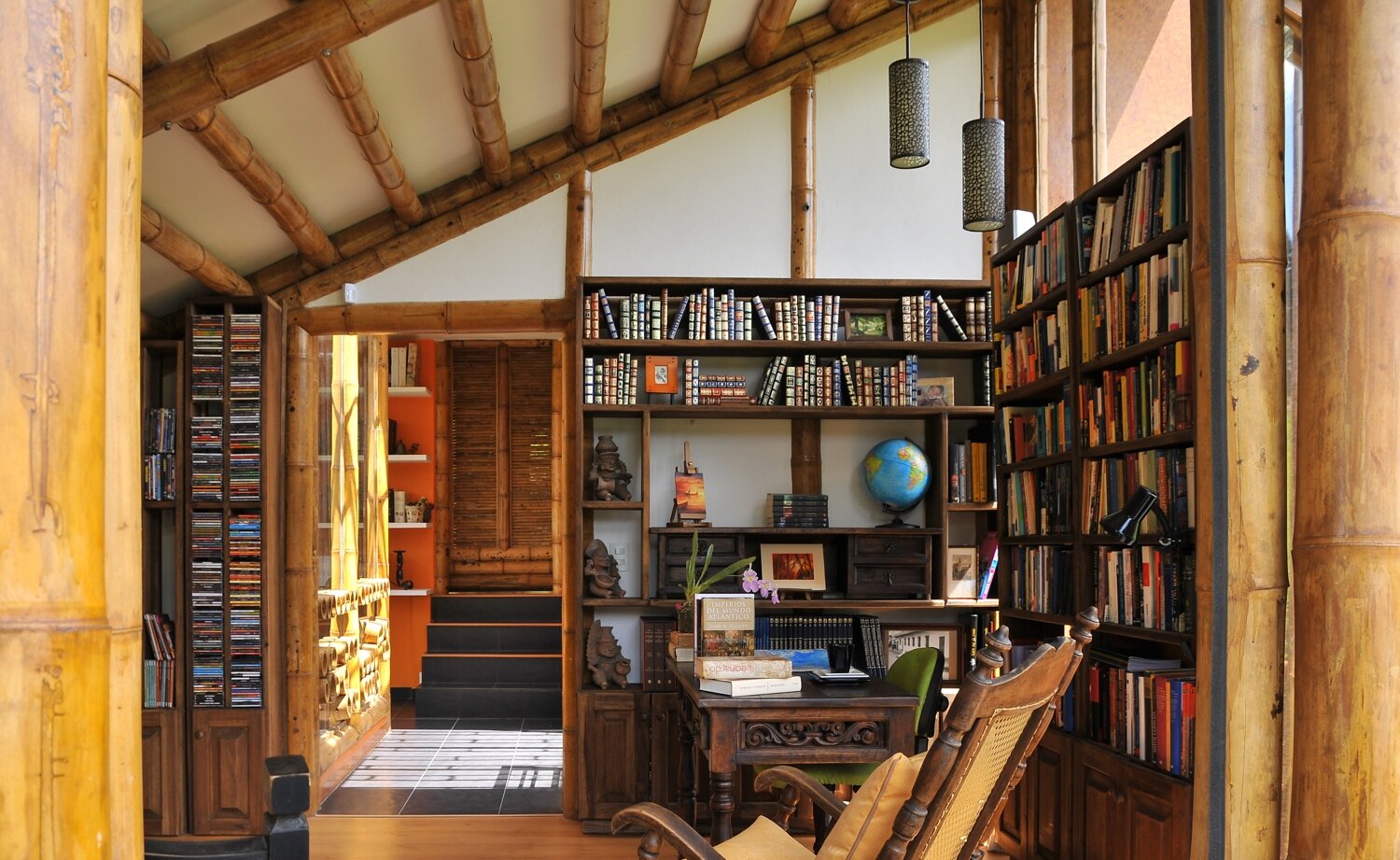
The Best Books to Learn about Bamboo
Whether you are just starting to learn about bamboo or already a seasoned professional, this selection of bamboo books will definitely be of interest for those that wish to grow or work with bamboo. From its historical uses to gardening tips and DIY building guides.

Bambusa tulda
Bambusa tulda, commonly known as Bengal Bamboo or Indian Timber Bamboo, is a fast growing medium-sized tropical clumping bamboo native to the Indian subcontinent, Indochina, Tibet, and Yunnan.
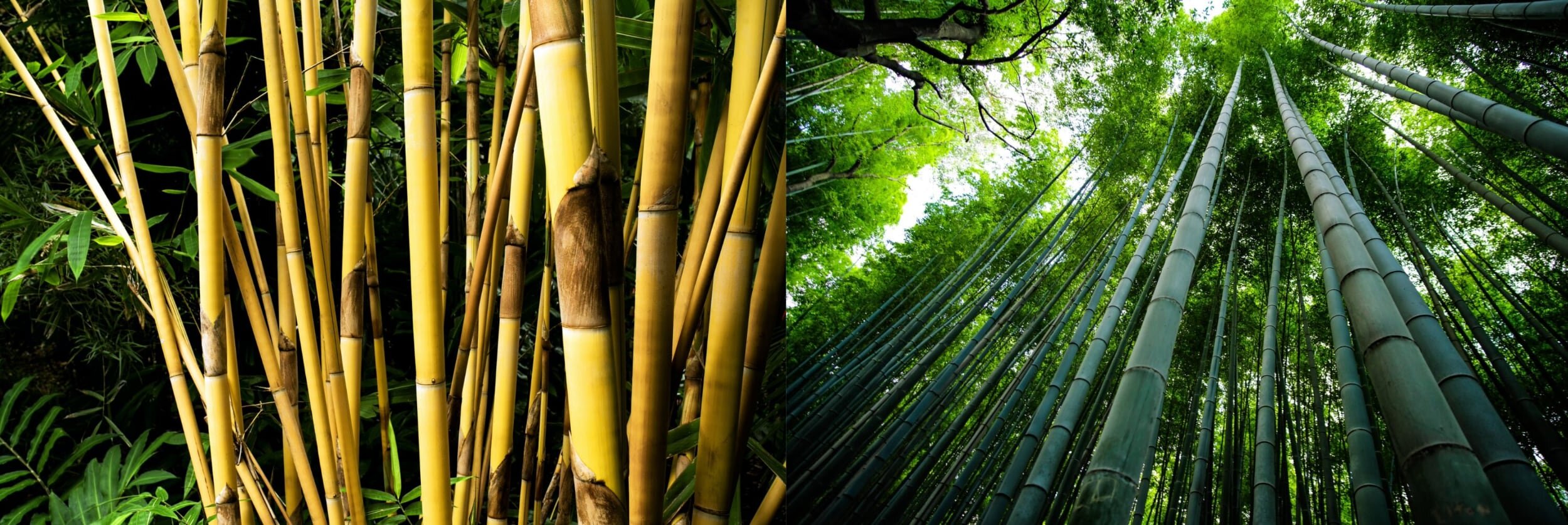
What are the Different Types of Bamboo?
Scientifically speaking there are 3 types of bamboo (tribes), which consist out of herbaceous bamboos (Olyreae), tropical woody bamboos (Bambuseae) and temperate woody bamboos (Arundinarieae). Altogether they contain 1,718 species which are categorized into 128 genera.
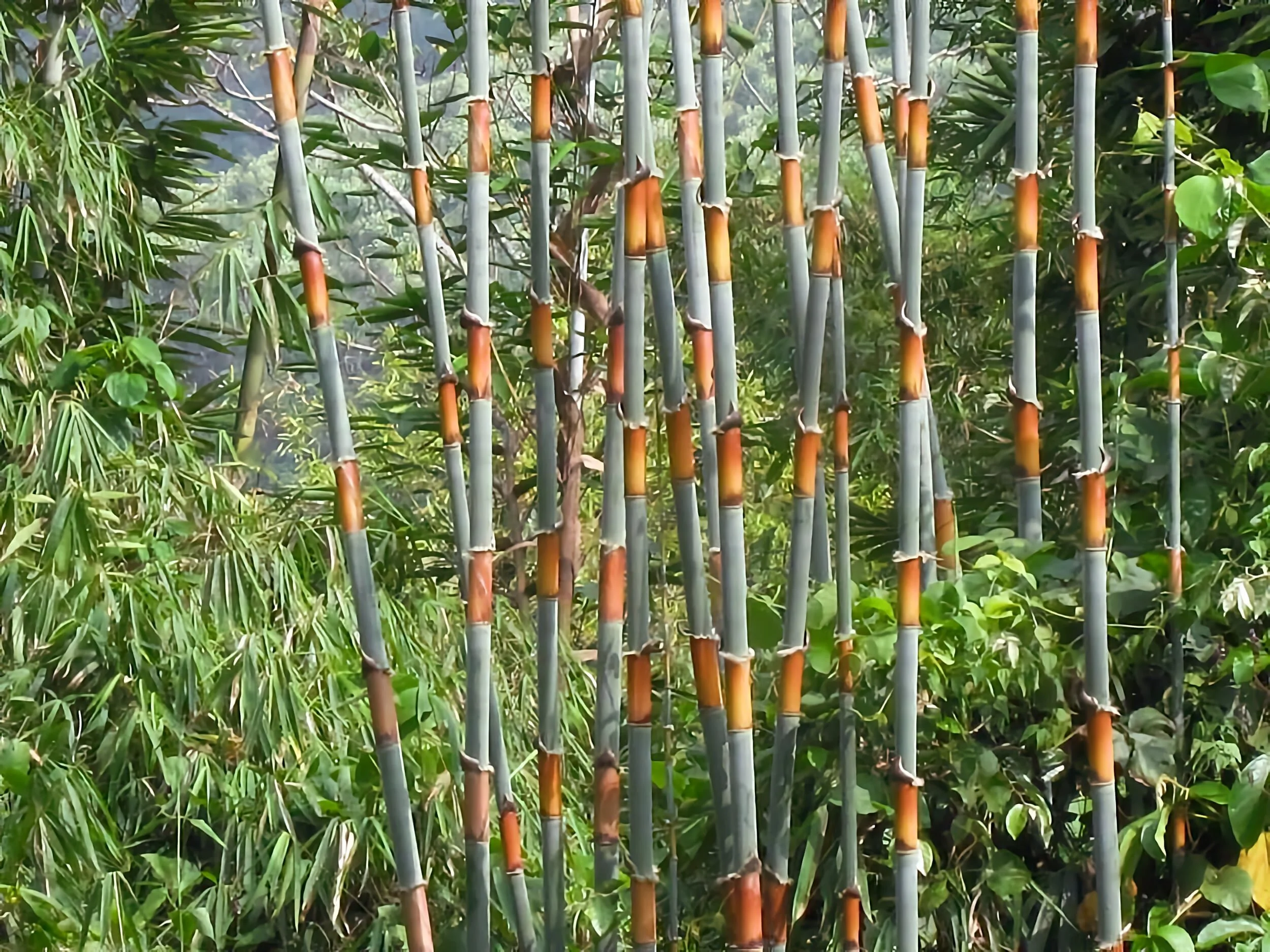
Schizostachyum pergracile
Schizostachyum pergracile ( previously Cephalostachyum pergracile) is a beautiful medium sized clumping bamboo native to India and Indochina. The common name for this bamboos species is Tinwa Bamboo and the plant has good quality canes which are used extensively for cooking and baking sticky rice, the poles are also used for construction.

Where does Bamboo Grow?
Bamboo grows native on 5 continents: Africa, Asia, South America, North America and Australia. In other words, all continents except for Antarctica and Europe have native bamboos. Coincidentally, all continents except Antarctica and Europe have diamonds.
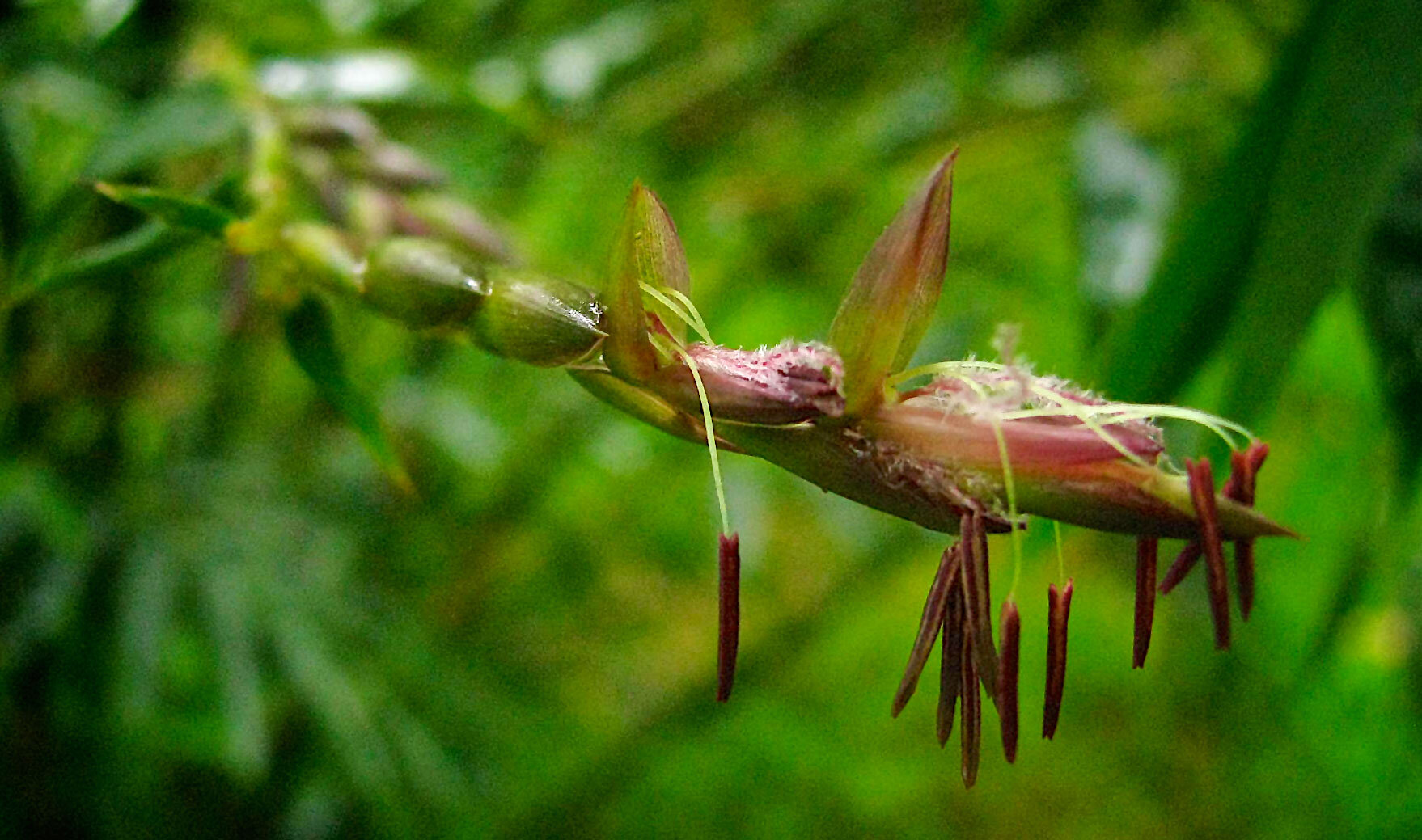
The Mysterious Flowering Cycles of Bamboo Plants
Is it true that flowering bamboo always dies after seed setting? The short answer to this question is: usually yes, but not always…
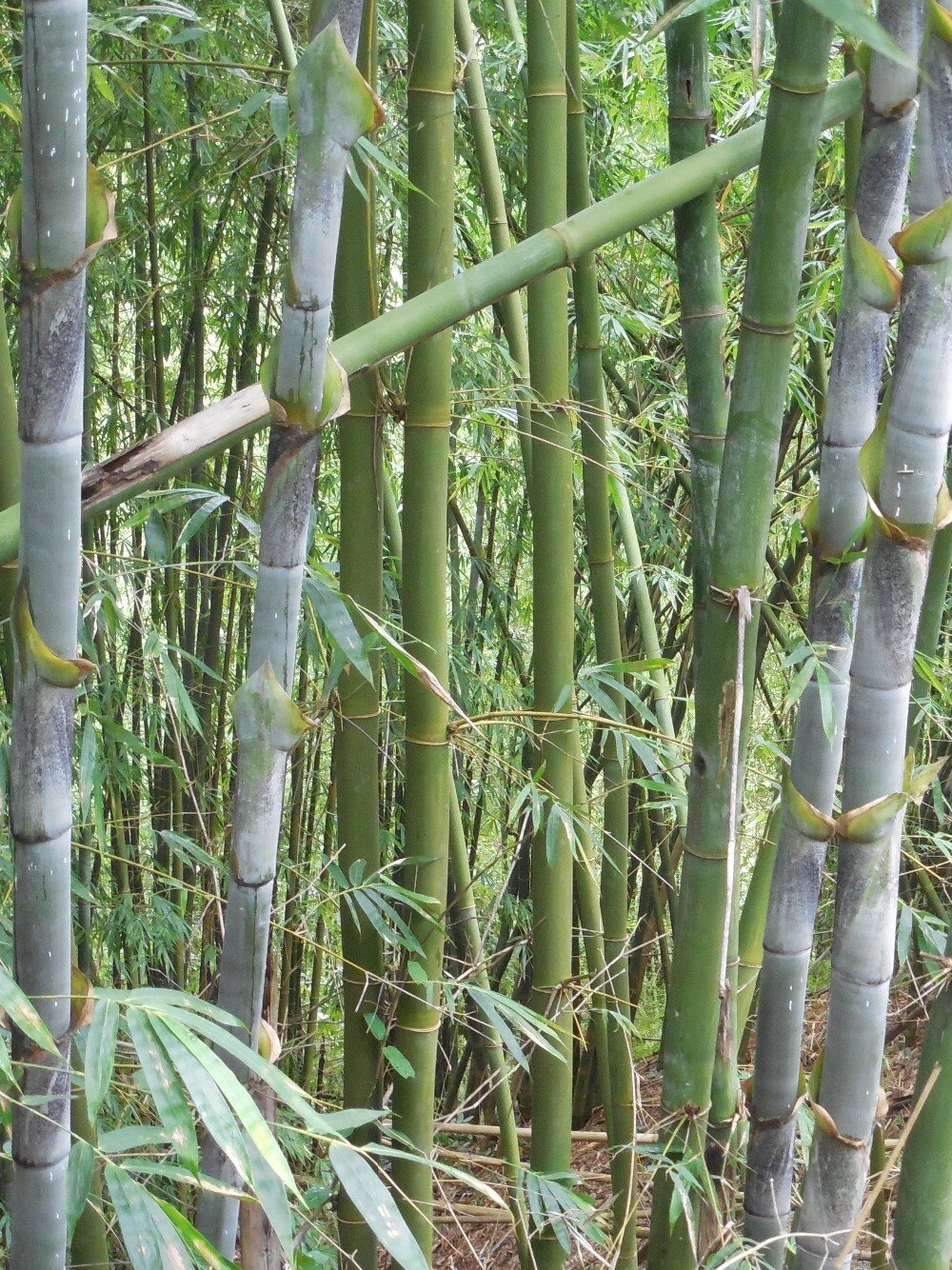
Bambusa sp. Longinternode
Bambusa sp. Longinternode is a medium sized tropical bamboo native to China. It typically has long internodes (space between the culm nodes) and nearly solid culms at the base. The abbreviation "sp." means that the actual species name is not yet specified.
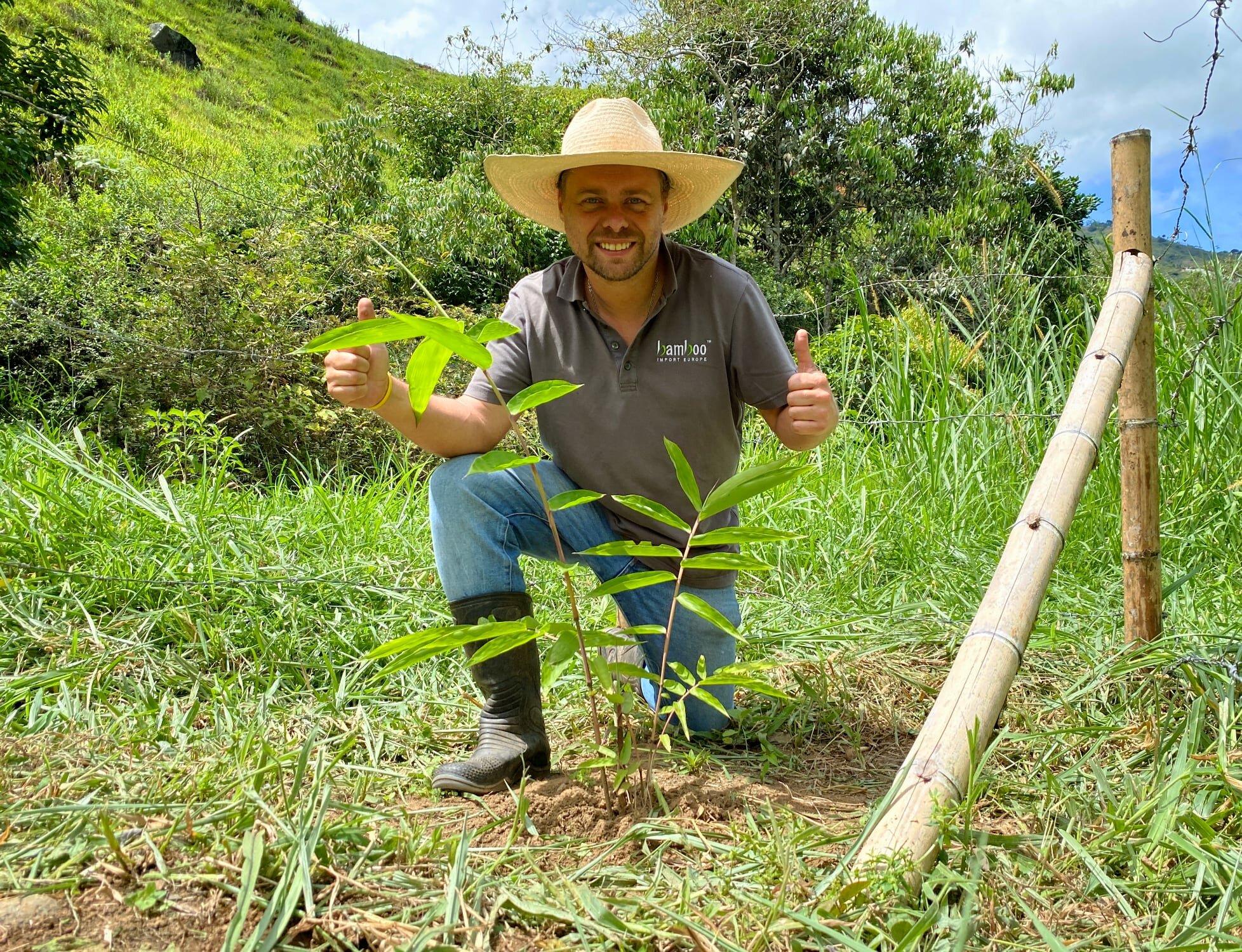
Bamboo Import Europe, the First Company to Adopt a Bamboo in Colombia!
Bamboo Import Europe is the first company to support and contribute to our Adopt a Bamboo program in Colombia! Bamboo Import is the largest bamboo retailer in Europe, and has been conducting fair trade policies for over a decade.

Making Bamboo Nursery Tables for a Unique Bamboo Propagation Method
In our greenhouse at Hacienda Guadua Bamboo we installed 5 bamboo nursery tables. We use these tables to grow bamboo cuttings and seedlings in a specially developed biodegradable rooting foam.

The Building of our Bamboo Nursery in Colombia
At the beginning of March 2021 we started with the building of our bamboo nursery at Hacienda Guadua Bamboo. It took us about a month to complete the greenhouse that measures 10 x 48 m.
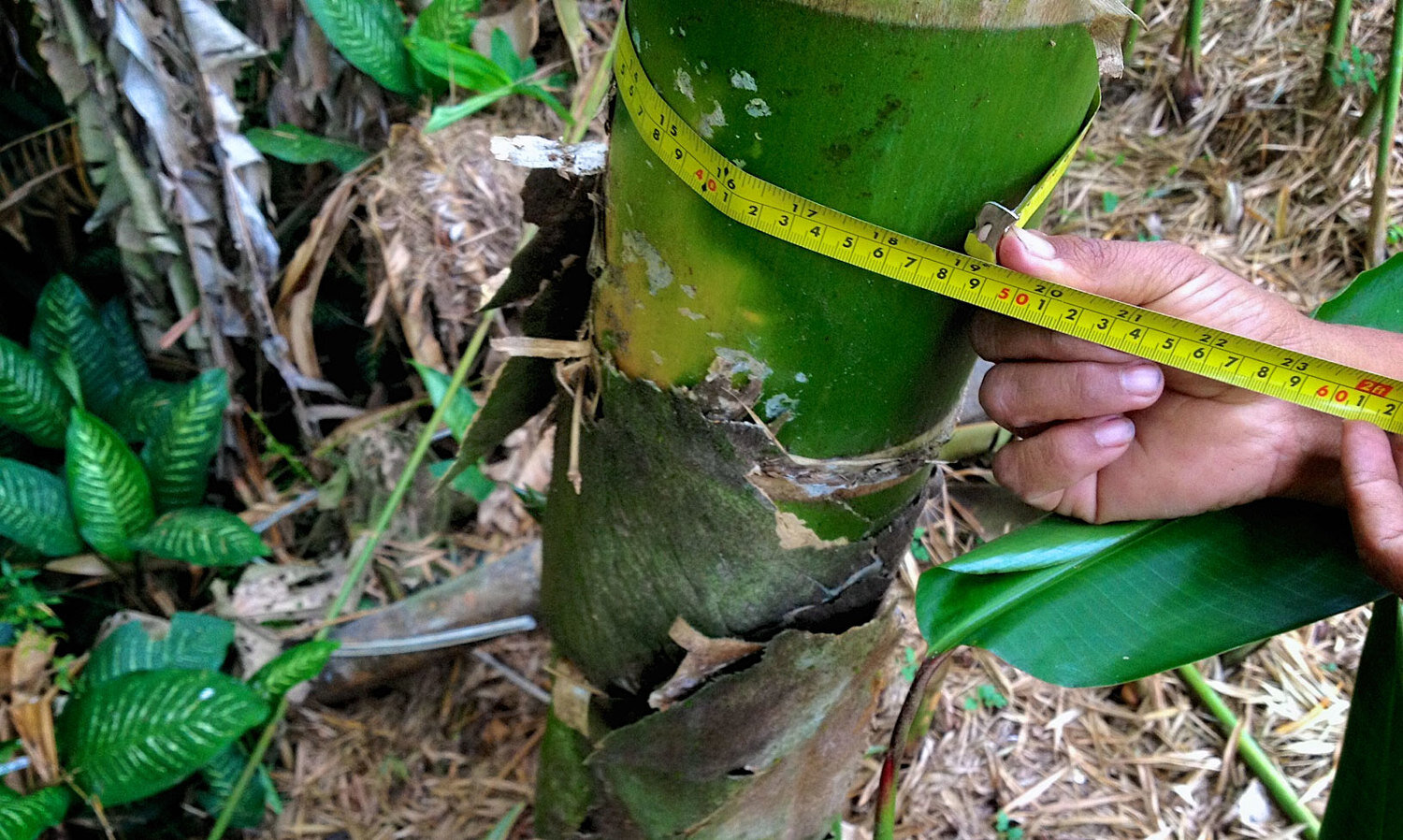
Bamboo Identification Made Easy: A Step By Step Guide
To identify a bamboo species you will need to observe all parts of the bamboo plant in great detail. Rarely can a single part of the plant be used to recognize a bamboo species immediately. Usually it is a combination of characteristics that lead to the correct identification or classification of a bamboo species.
